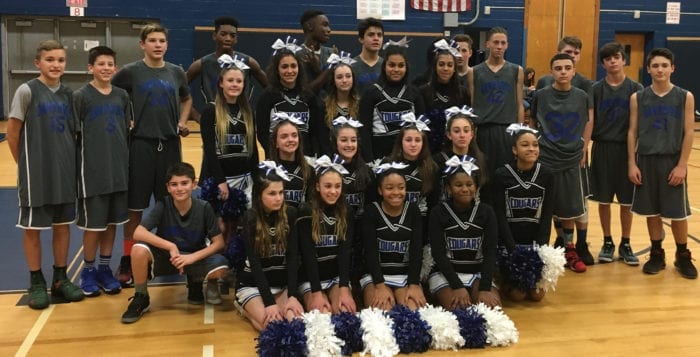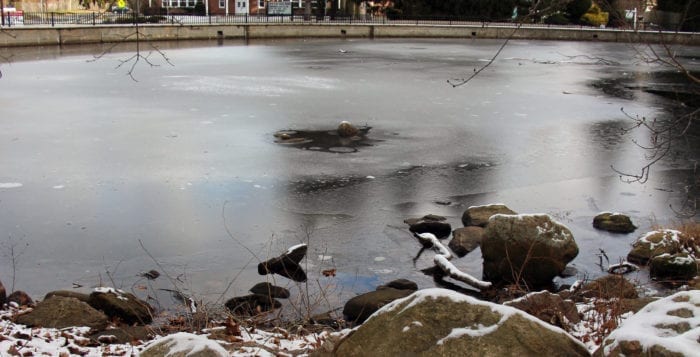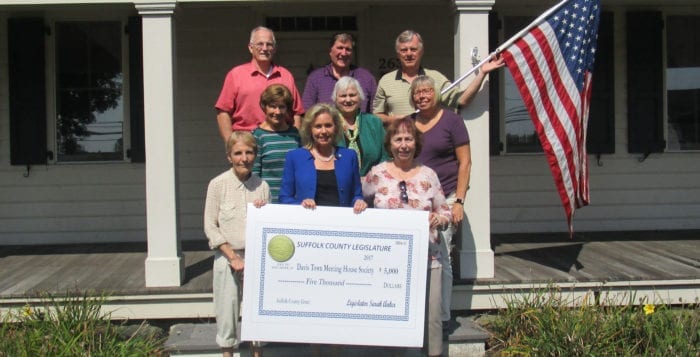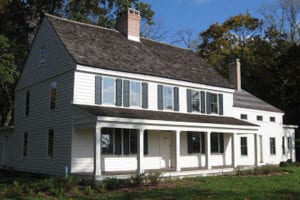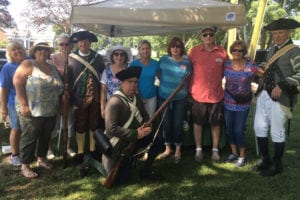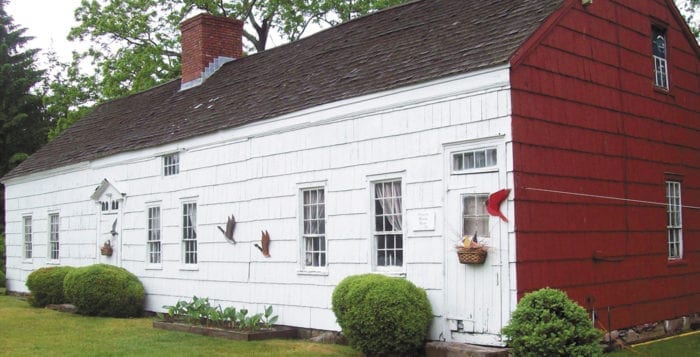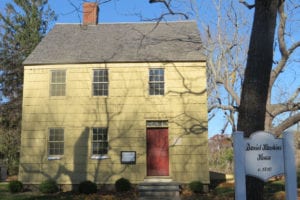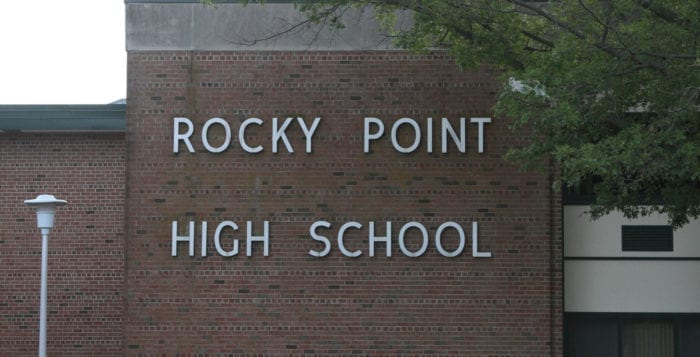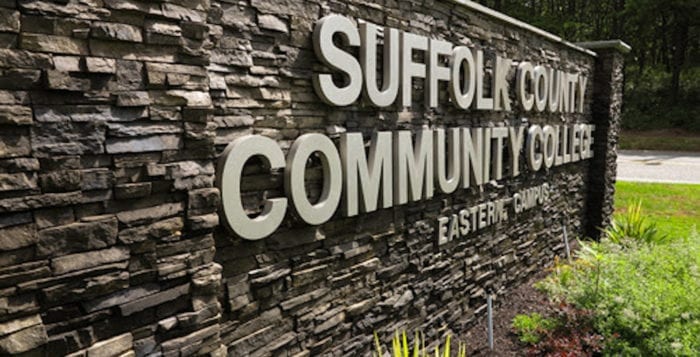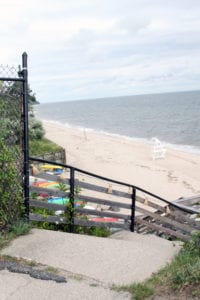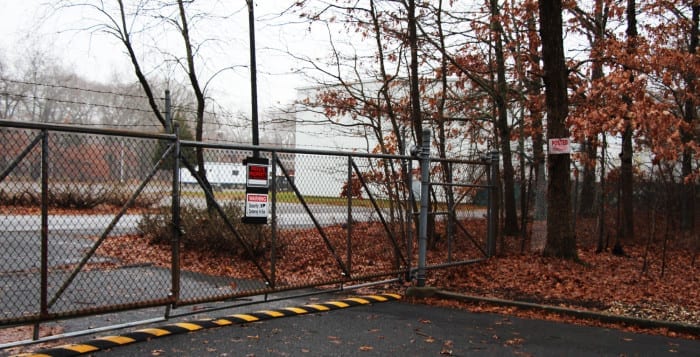Seventh-grader Chris Buzaid may be the smallest kid on the basketball court at 4-10, but when it comes to drive, hustle and spirit, there’s nobody bigger.
During a midseason game against Brentwood North this past December, the 12-year-old guard for Centereach’s Dawnwood Middle School dove onto a loose ball with some physically imposing players from the other team. He ended up with the ball, and a bloody lip. But when his coach, Tim Dowler, tried to take him off the court, worried about the injury, Chris begged to be allowed to keep playing.

“I ended up having to take Chris out for a bit, and then, when he eventually went back in, he just took the game over,” Dowler said.
Within a couple minutes Buzaid had three steals in a row and hit three jumpshots to lead Dawnwood to victory. The team of seventh- and eighth-graders would end the season in January undefeated for the first time in school history since 1974 — a feat Dowler said Chris contributed largely to.
“He just went right back out there and faced the same bigger kids, showing no fear,” the coach said. “It would be very easy for someone like him to want to play a little softer and feel a little afraid, but that isn’t him.”
Chris isn’t just a star athlete — he started playing travel basketball in fourth grade, has been on three of the best Amateur Athletic Union boys teams in the New York metropolitan area and is an accomplished cross-country runner. He is also among Dawnwood Middle School’s brightest students; he’s currently in the National Honor Society and has a 99.5 GPA, with a particular interest in science and history, and a tendency to help fellow students who may be struggling in certain subjects.
“He’s an amazing student and such a good Dawnwood citizen — Chris always does what’s right,” Dawnwood Middle School Principal Kristi Leonard said of the district’s former student of the month. “He’s definitely a natural leader and just has a great inner confidence. Chris has so many commitments in and out of school, balances clubs and sport activities while maintaining near-perfect grades.”

So it makes sense that Chris has been chosen as one of six finalists in a special competition presented by the Brooklyn Nets All-Star Awards recognizing junior high school basketball players within the tristate area that “demonstrate grit, determination and a desire to succeed both on the court and in the classroom.” His mother and coach nominated him in the fall and he was announced as a finalist in January, with Dowler saying he “was the perfect person to represent Dawnwood.”
Chris and the other five finalists, some from Brooklyn and Nassau County and others from Connecticut, will be attending the Brooklyn Nets Summer Basketball Clinic and a Brooklyn Nets v. Chicago Bulls NBA game in April. The finalist with the most votes will be announced during that contest, and win a $3,000 grant for their school’s athletic program.
“Chris is such a hardworking, competitive person and always tries to be the best that he can,” said mother Cindy Buzaid. “And now, I think he’s just in the competitive mode of wanting to win this for his school. He really wants to be able to say, ‘I was able to win this for Dawnwood.’ He loves his basketball coach, he loves Dawnwood and he’s really excited.”
Cindy Buzaid said she felt her son exhibited all the required traits of a stellar scholar-athlete when she put his name in the ring — grit, dedication, character, academics and teamwork. In her nomination letter to the organization, she wrote of her son’s maturity and strength through tough situations. Between the ages of 3 and 6, Chris witnessed his father, Jim Buzaid, be diagnosed with Stage 4 non-Hodgkin
lymphoma. While his father is now in remission, Chris carried a lot of those early memories with him as he grew up.
“Chris knew what cancer was before any kid should,” his mother said. “It made him a tough kid — made him grow up a little faster than others. Chris is such a fun-loving kid, but I believe the whole thing made him a more serious person and learn not to take things for granted. He was always very protective of me at that time and worried a lot about me getting sick, too.”

She said it makes sense that her son fell into basketball, as his older sister, Jackie Buzaid has spent most of her life playing the sport.
A Centereach High School graduate, Jackie Buzaid played basketball throughout her adolescence and currently plays as a senior at Mount St. Mary’s University in Maryland.
She remembers her brother always tagging along with her for pickup games at the park and watching her play from the sidelines at school. It also didn’t take long for him to develop his own competitive spirit, she said.
“Christopher doesn’t settle for mediocrity,” Jackie Buzaid said. “I remember when we would go shoot at our local park, he would always have to make three 3-pointers before he could leave. My brother’s determination to constantly improve and excel are what make him stand out from others. But he’s also kind and generous, and has a way of making people smile.”
It’s still up in the air as to what exactly the grant money will go toward within the athletic department, but whatever it is, Chris said he just hopes it will help the school.
“I’m really happy that I might have a chance to win money for Dawnwood, because I really want my coaches and friends and all the other kids in my school to be able to have something new,” he said. “Being a good student and athlete is important to me because I get to be healthy, active, one of the top kids in my class and I really like to help others who need help.”
To vote for Chris visit the Brooklyn Nets website www.nba.com/nets/community/2017-18/allstarawards.

